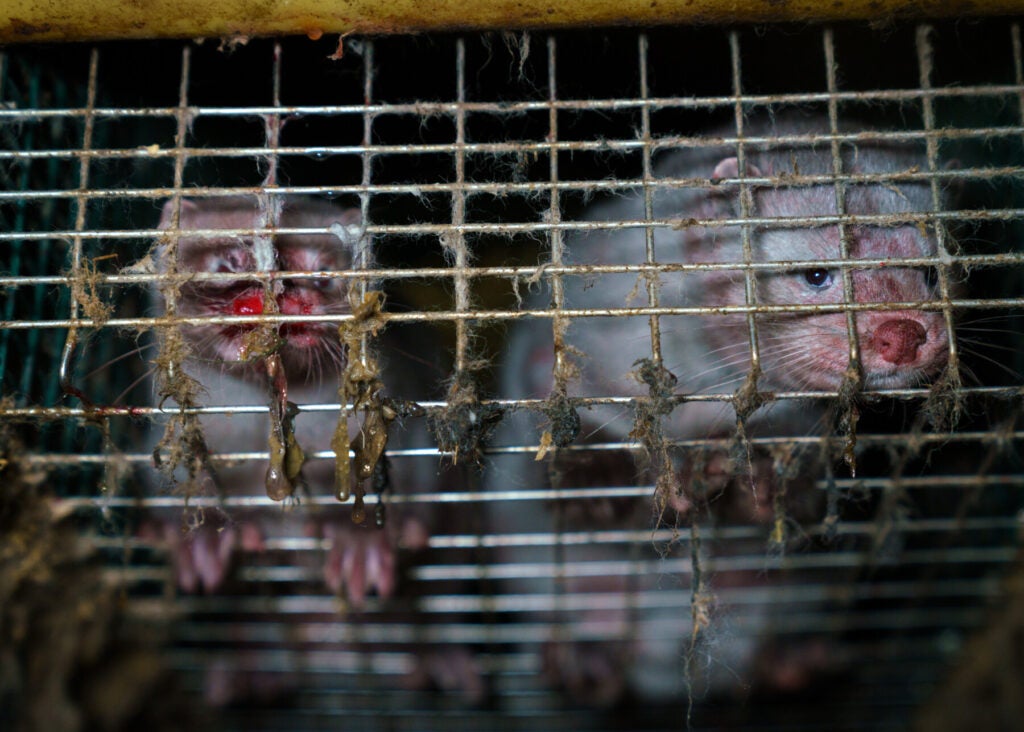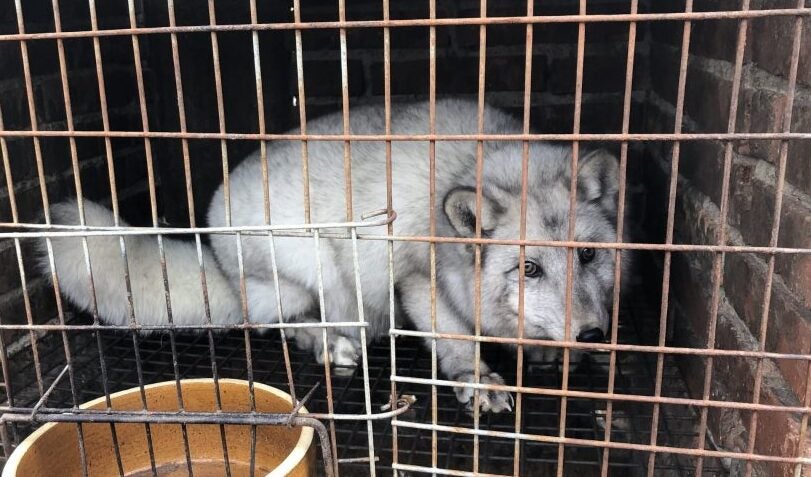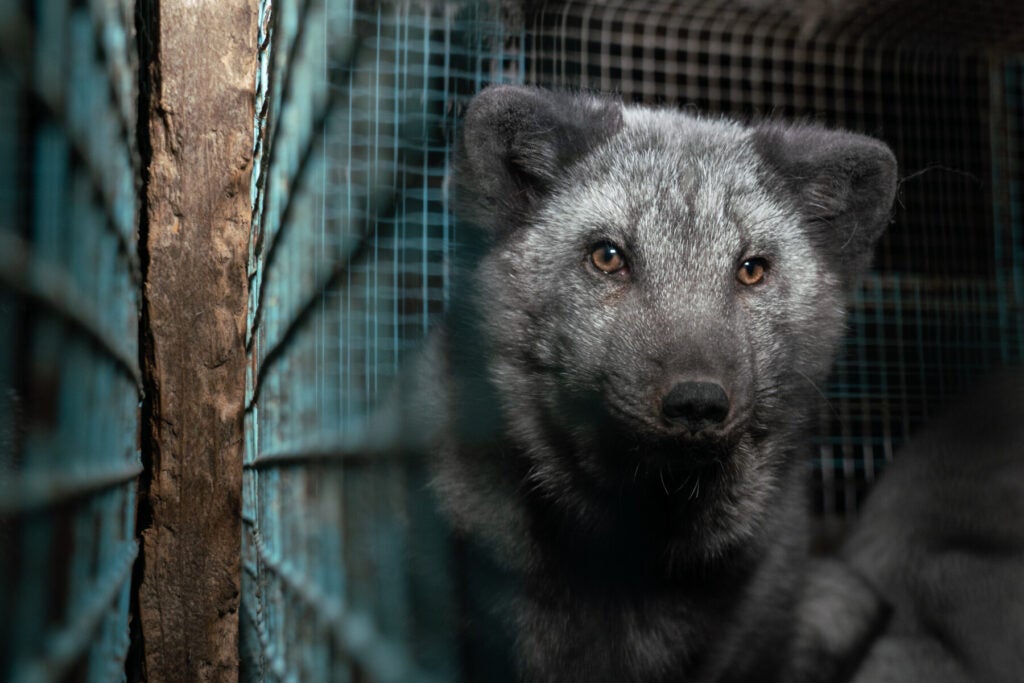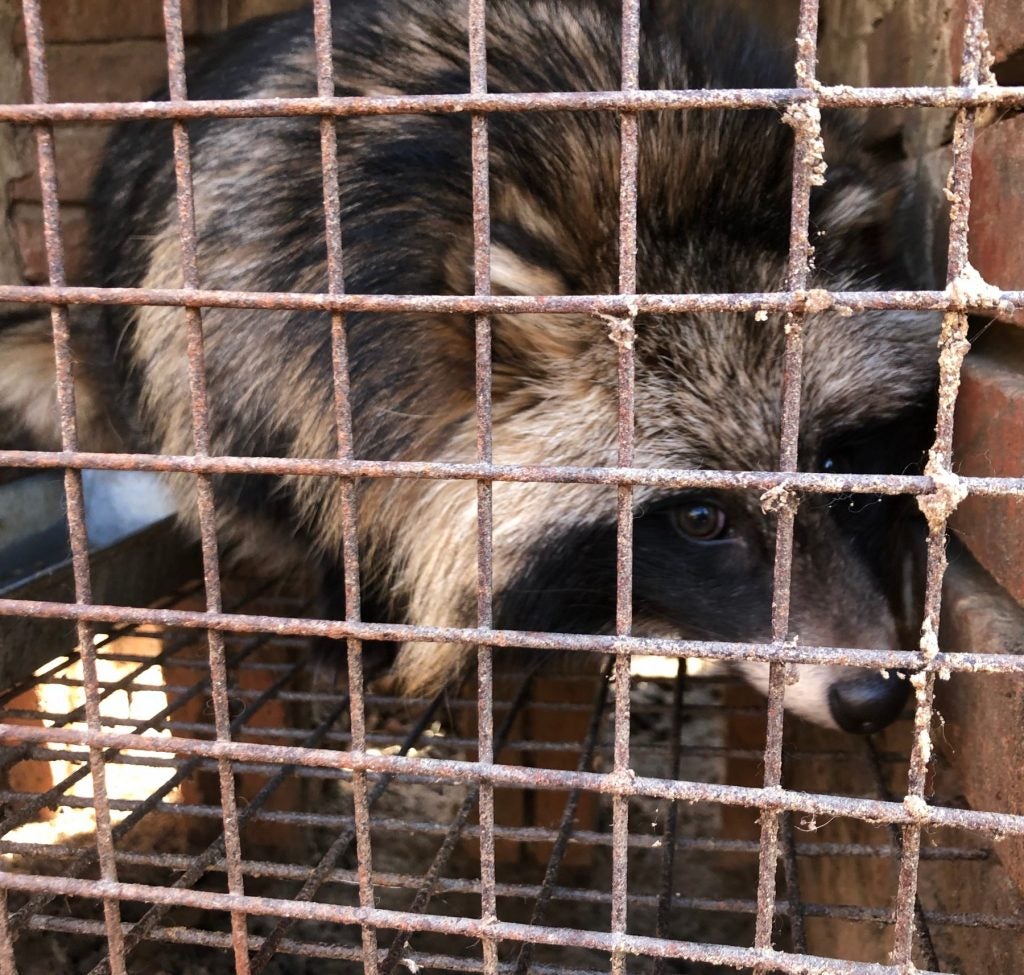HSI/Europe believes that consumers must be able to make informed decisions about the products they buy. Labelling is an important part of this.
In recent years, there has been a significant upsurge in cheap fur products entering the EU market. This fur is primarily used as trim in relatively inexpensive garments. It can be difficult for consumers to distinguish between animal fur and good quality fake fur, which is as soft and luxurious-looking as the real thing.
With animal fur being sold at such low prices, consumers will often assume that an item of clothing is so cheap that it cannot possibly include real fur.
EU rules on labelling fur products
At present, the EU law (i.e. Regulation (EU) No 1007/2011) requires manufacturers to state explicitly that textile products contain ‘non-textile parts of animal origin’. This applies not only to fur, but also to down, feather, bone, leather, pearl and horn, which can be confusing.
This labelling requirement is unfortunately only applicable to the products that fall within the scope of the Textile Regulation and consist of at least 80% textile fibres by weight. This means that garments containing animal fur made of less than 80% textile fibres fall beyond of the scope of the legislation. Perversely this means that the more animal fur used in a garment, the less there is a legal requirement to label it as such.
Failure of EU Member States to enforce the law
While this labelling requirement is better than nothing, it has become evident that it is being widely flouted by manufacturers and the legislation is not being well enforced.
With our Fur Free Alliance (FFA) colleagues, in 2017 we produced an investigative report Misleading and Mislabelled: Fur Labelling Problems in the EU Market, which revealed a woeful lack of compliance with the legislation. These findings are likely only a tiny portion of the failure of manufacturers and retailers to implement the legislation and the failure of EU Member States to properly enforce the EU fur labelling rules.
The report concludes that the present EU labelling requirement under the Textiles Regulation is inadequate and confusing for clothing consumers, primarily because it does not provide sufficient information on non-textile parts of animal origin.
The loopholes in the law and the lack of explicit information on the presence of fur, whether for store-bought products or products purchased on popular online shopping sites, means that shoppers cannot make informed decisions when purchasing products that may contain real animal fur.
What is HSI calling for?
Fur labelling should give consumers the information they need to make informed purchasing decisions. HSI is urging the European Parliament to call on the European Commission to commit to delivering a legislative proposal that would require the meaningful labelling of all products containing animal fur (irrespective of the percentage or weight of fur included in the textile product, or non-textile products) in order to allow consumers to make informed decisions when purchasing garments and other products containing fur.
Legislation should also require labels to include the Latin (scientific) name of the species used, the country of origin and information on how it was obtained. This stricter labelling requirement has already been enacted in Switzerland. It should be enacted for all of Europe.




